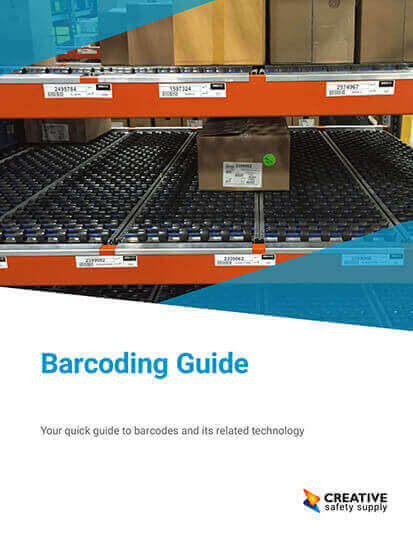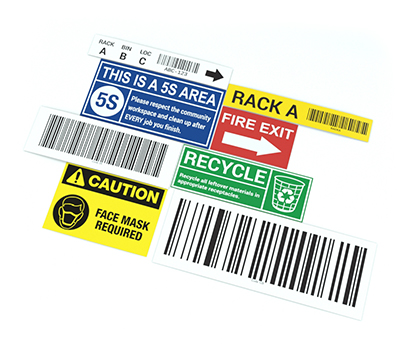
Barcodes are essential for accurate product identification and efficient inventory management. Verifying a barcode involves confirming its accuracy and readability to prevent errors in the supply chain. Here are some helpful methods and practical steps that you should take in order to help you verify your barcodes:
Understand Barcode Standards: Familiarize yourself with the barcode standards and international barcode use in your industry. Common barcode symbologies include UPC, EAN, Code 128, and QR codes.
Check the Barcode Structure: Each barcode type has a specific structure, including the number of digits and their meanings. Ensure the barcode adheres to the correct structure for accurate identification.
Use a Barcode Verifier: You may want to invest in a barcode verifier, a specialized device that analyzes barcode quality. It checks parameters like quiet zones, bar width, and contrast ratio to ensure readability.
Test Scanning: Scan the barcode using different types of scanners, such as handheld scanners or smartphone apps. Ensure the barcode is easily readable and translates accurately.
Compare Data: Match the scanned data with the product information in your database. Ensure the barcode matches the product details, including name, description, and price.
Cross-Check Against Database: Cross-reference the barcode against your product database to confirm that it hasn't been duplicated or compromised.
Barcode verification can be tedious, but it's important to do it because it will often prevent problems from occurring later on down the line, saving you lots of time and money in the long run.
Need to create a new Barcode?
Our free barcode generator allows you to create custom barcodes readable with any scanner.
Here are a few more ways that you can ensure that your barcodes are working correctly and ready to use:
Verify Placement: Ensure the barcode is printed or affixed correctly on the product packaging. It should be easily scannable without any obstructions.
Verify Color Contrast: Check that the color contrast between the barcode and background meets readability requirements. Inadequate contrast can affect scanning accuracy.
Test Different Lighting Conditions: Scan the barcode under various lighting conditions to ensure readability in different environments.
Test Different Angles: Scan the barcode from different angles to make sure it can be easily scanned from various positions.
Monitor for Changes: Regularly verify barcodes, especially if packaging or product details change. Maintain a system to update and verify barcodes as needed.
Consult with Experts: If in doubt, seek guidance from barcode experts or industry organizations. They can provide insights into best practices and help you troubleshoot any issues.
By following these steps, you can ensure that the barcodes on your products are accurate, readable, and compliant with industry standard barcode formats. Proper barcode verification contributes to efficient supply chain operations, reduced errors, and improved customer satisfaction.
Similar Questions
- How to Generate a Product Barcode?
- How do I scan a product without a Barcode?
- Can I scan a Barcode from a Photo?
- How are Barcodes Generated?
- How do I Generate a Barcode from a Number?
- What happens when a Barcode is scanned?
- What is the Standard Barcode?
- How do barcodes work?
- Which Barcode should I use?


